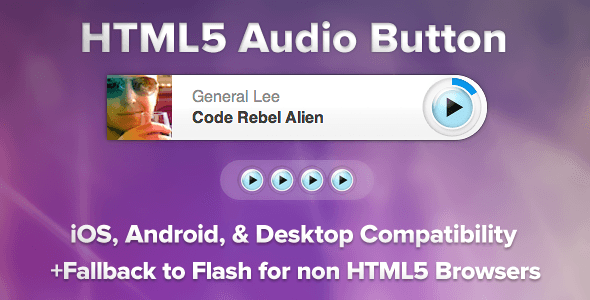

Knowing the server's time, the chunk is played out using a system dependend low level audio API (e.g. Every received chunk is first decoded and added to the client's chunk-buffer. Each client does continuous time synchronization with the server, so that the client is always aware of the local server time. The encoded chunks are sent via a TCP connection to the Snapclients. One of the most generic ways to use Snapcast is in conjunction with the music player daemon (MPD) or Mopidy. Several players can feed audio to the server in parallel and clients can be grouped to play the same audio stream. Audio is captured by the server and routed to the connected clients. It's not a standalone player, but an extension that turns your existing audio player into a Sonos-like multiroom solution. Snapcast is a multiroom client-server audio player, where all clients are time synchronized with the server to play perfectly synced audio. Snapcast - Synchronous multiroom audio player For example, I can use :nth-of-type to hide every nth SVG rectangle or making every odd child have a different stroke-dasharray, etc. I can add some additional variation to each theme by messing with pseudo selectors. This lets me override or substitute CSS rules pretty trivially. There are a handful of differently colored themes for each visualization, and I do some rudimentary CSS namespacing by updating a class applied to the html element. Since I'm using D3 - which is just drawing SVG - I was able to style everything in CSS (no images are used at all, including icons).
#Html5 audio player with visualization trial#
Each visualization uses the data a bit differently - it was mostly trial and error to get some stuff I liked looking at. I'm using d3.js to draw and redraw SVG based on this normalized data. I then normalize the data a bit (or transform it slightly depending on the visualization) and redraw the screen based on the updated array. Then, using requestAnimationFrame (with a little frame limiting for performance reasons) I'm updating that array as the music changes.
#Html5 audio player with visualization how to#
There's a good tutorial on how to do this. Using the web audio api, I can get an array of numbers which corresponds to the waveform of the sound an html5 audio element is producing. Party-mode - An experimental music visualizer using d3.js and the web audio api.


 0 kommentar(er)
0 kommentar(er)
